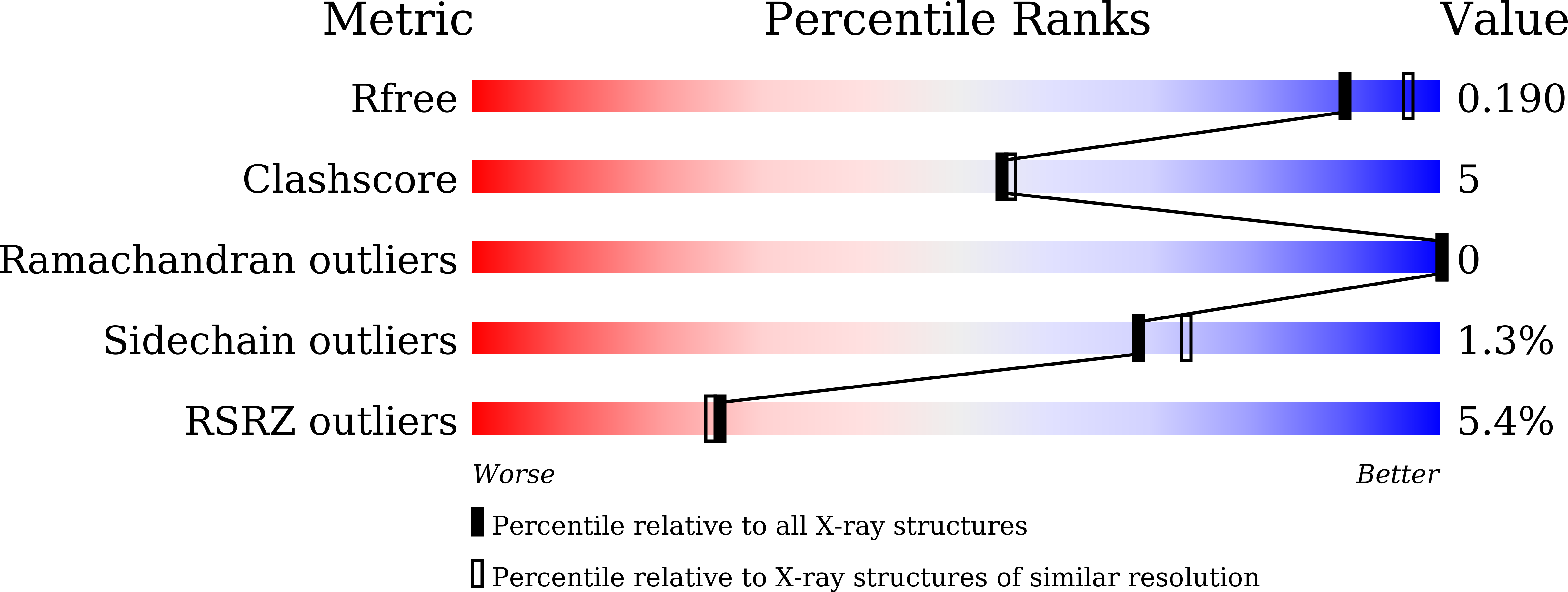Crystal Structures of theC-Glycosyltransferase UGT708C1 from Buckwheat Provide Insights into the Mechanism ofC-Glycosylation.
Liu, M., Wang, D., Li, Y., Li, X., Zong, G., Fei, S., Yang, X., Lin, J., Wang, X., Shen, Y.(2020) Plant Cell 32: 2917-2931
- PubMed: 32699169
- DOI: https://doi.org/10.1105/tpc.20.00002
- Primary Citation of Related Structures:
6LLG, 6LLW, 6LLZ - PubMed Abstract:
C -Glycosyltransferases (CGTs) catalyze the formation of C -glycosidic bonds for the biosynthesis of C -glycosides, but the underlying mechanism is unclear. This process improves the solubility and bioavailability of specialized metabolites, which play important roles in plant growth and development and represent rich resources for drug discovery. Here, we performed functional and structural studies of the CGT UGT708C1 from buckwheat ( Fagopyrum esculentum ). Enzymatic analysis showed that UGT708C1 is capable of utilizing both UDP-galactose and UDP-glucose as sugar donors. Our structural studies of UGT708C1 complexed with UDP-glucose and UDP identified the key roles of Asp382, Gln383, Thr151, and Thr150 in recognizing the sugar moiety of the donor substrate and Phe130, Tyr102, and Phe198 in binding and stabilizing the acceptor. A systematic site-directed mutagenesis study confirmed the important roles of these residues. Further structural analysis combined with molecular dynamics simulations revealed that phloretin binds to the acceptor binding pocket in a bent state with a precise spatial disposition and complementarity. These findings provide insights into a catalytic mechanism for CGTs.
Organizational Affiliation:
College of Pharmacy, Nankai University, Tianjin 300353, People's Republic of China.















